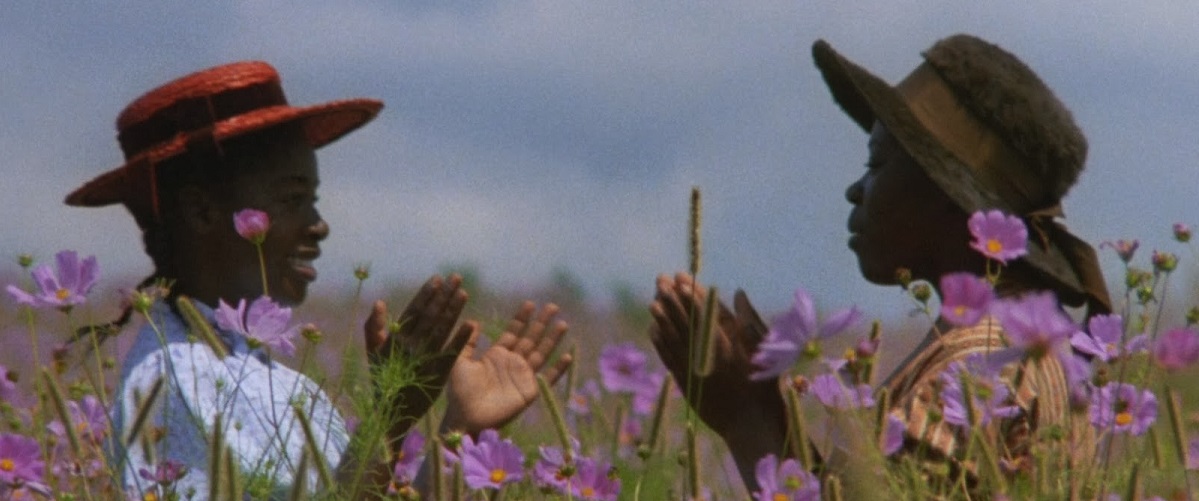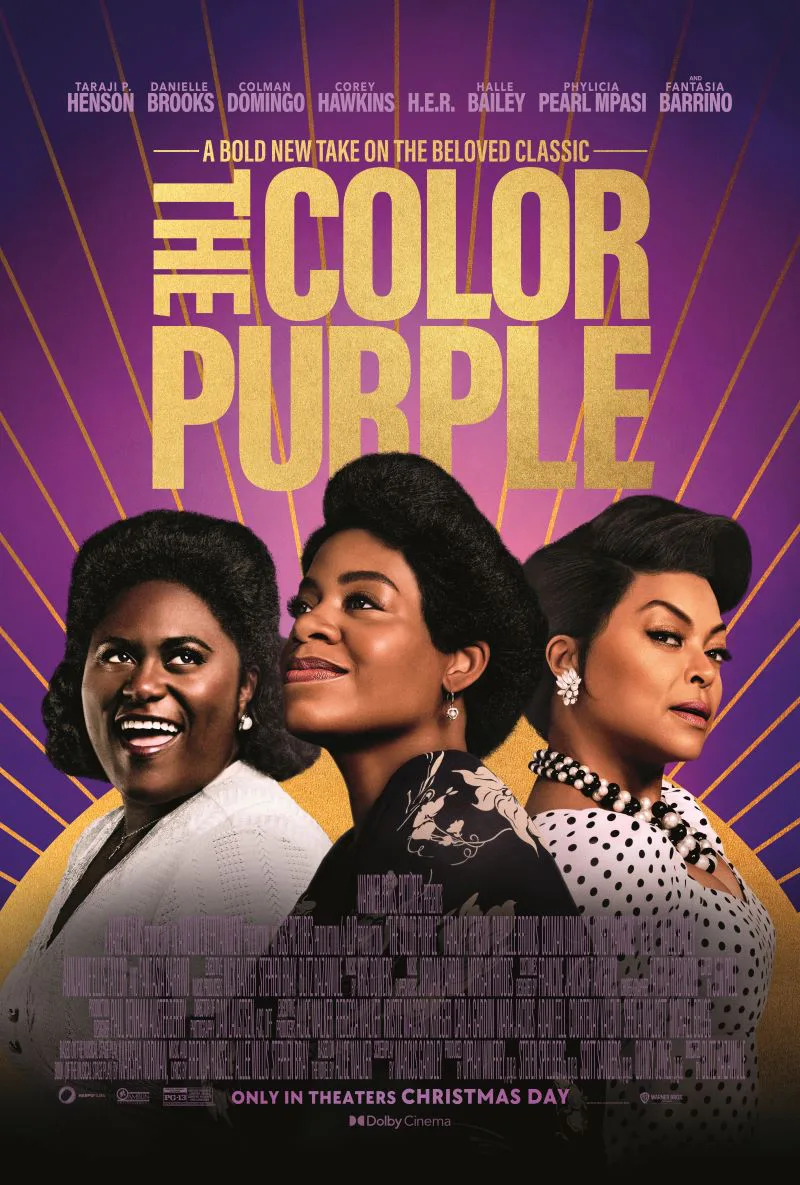Alice Walker’s 1982 novel, “The Color Purple,” has been a beloved subject of adaptations before, from Steven Spielberg’s Oscar-nominated film to the Broadway musical that first hit stages in 2005. Blitz Bazawule’s new film combines the best aspects of each disparate form, structuring a stunning hybrid that combines the visceral meditations of the written word with the thunderous energy of musical performance.
“The Color Purple” is the story of Celie (portrayed in her youth by Phylicia Pearl Mpasi, and in adulthood by Fantasia Barrino). As a young girl, Celie and her sister Nettie (Halle Bailey) frolic on the shoreline, gossiping and singing. They’re fully immersed in the play of girlhood, but only when they’re in solitude with each other. At home is their abusive father, their lives governed by his oppressiveness. Celie, pregnant for the second time, first, must bear her father selling her infants away, then, must endure her father treating her with the same disregard, auctioning her as a wife to Mister (Colman Domingo). What she finds with Mister is not an escape but a transfer from one violent household to another.
When Nettie runs away, the sisters lose contact, and with no sister, no reliable family, and no children, Celie is left to trudge alone through the dispiriting decades to come. Her husband, abusive in every sense of the word, is in love with another woman, Shug Avery (Taraji P. Henson), a “fast and loose” blues singer who never stays in one place for too long. The only pieces of solace Celie finds is in the distant hope that her sister and children are alive somewhere, and in the support of Shug and Sofia (Danielle Brooks), her spunky, strong-willed daughter-in-law.
The performances in “The Color Purple” are the absolute cornerstone of the film’s successes. Mpasi and Barrino, both making their film debuts, are excellent in embodying Celie, showcasing the character’s ruminations and hesitancy, but also her aggrieved resilience. Mpasi in particular is utterly gravitational, her hypnotic smile and gripping, wordless expressions elicit chills. The chemistry between her and Bailey is on point, their bond sold with such genuine vigor that the estrangement at the film’s center remains affecting despite Nettie’s on-screen absence.
Barrino as an elder Celie is incredible as well, maintaining a sense of childhood naivety in the veneer of her performance, expertly pointing to an aged woman, yet one that has been developmentally and socially trapped on account of the tyrannical men in her life.
Brooks, Tony-nominated for her onstage depiction, is the film’s no-holds-barred knockout, giving an undeniably crowd-pleasing performance. Her charismatic presence is spellbinding, and her emotional dexterity in covering the full spectrum of affectations, from tear-jerking to side-splitting, is a joy to witness. Sofia is heralded for her refusal to be ignored, underestimated, or disrespected, and Brooks’ performance demands the same.
However, Henson as Shug, is where “The Color Purple” falters. Intermixed with a cast that breathes authenticity, Henson’s overacting is a sore thumb. Of course, while much of her scenes function as moments of levity amidst despair, there’s a notable artifice to Shug’s portrayal that neglects to mesh with the rest of the film’s soul-baring ardor. Shug is a diva, using performance to cover insecurity while also pridefully refusing to be defined by anything other than her own means, and this type of character requires an unshakeable charisma and depth of performance that Henson never quite reaches. It’s why, Shug, in performance and on paper, struggles to find her footing in the majority of the film.
In covering such a large span of time, selectivity is paramount in deciding which highlights and biographical bullet points in and around Celie’s life to include. Ultimately, “The Color Purple” veers toward less interesting routes, often spending too much time with Shug and allowing the pacing to sputter in her spotlight. There are also a few musical numbers that feel expendable, not seamlessly included in the way some of the film’s major highlights do. Most of the time, though, the triumphant musical numbers are brimming with the full extent of their emotional intent. From “Hell No”’s prideful indignant attitude to the soul-stirring vulnerability and catharsis of “I’m Here,” the choreography and vocal capabilities of the cast don’t go overlooked. In tandem, the American South is rendered in beautiful warmth and light, undeniably a character in and of itself, and expertly utilized in the film’s musical numbers.
“The Color Purple” is a brilliant emotional portrait of a woman’s life, marked by the inherent adversities of Black womanhood, and the unguaranteed but unfortunately not uncommon ones, too. And yet, amidst the weight of irrepressible odds, the true effect of “The Color Purple” is the solidarity of Black sisterhood, familial or otherwise. It’s a testament to resilience and perseverance, a stunning decades-long coming-of-age, faithfully and adoringly asserting itself as the newest rendition of a cherished story.
In theaters nationwide on December 25th.




















